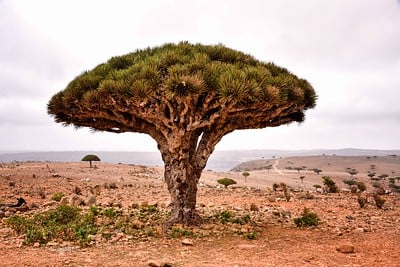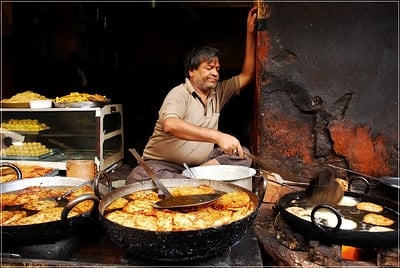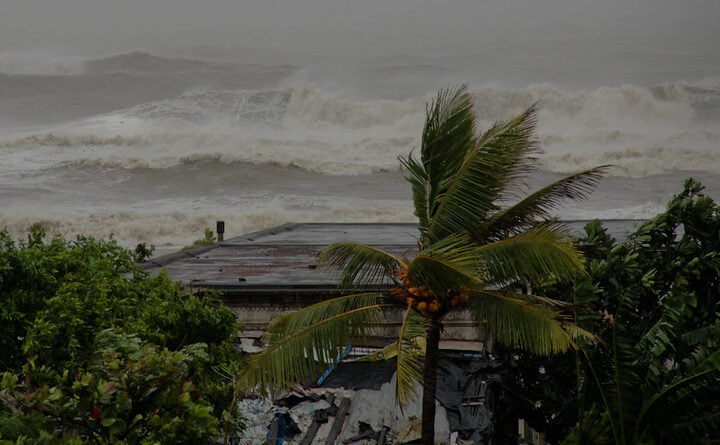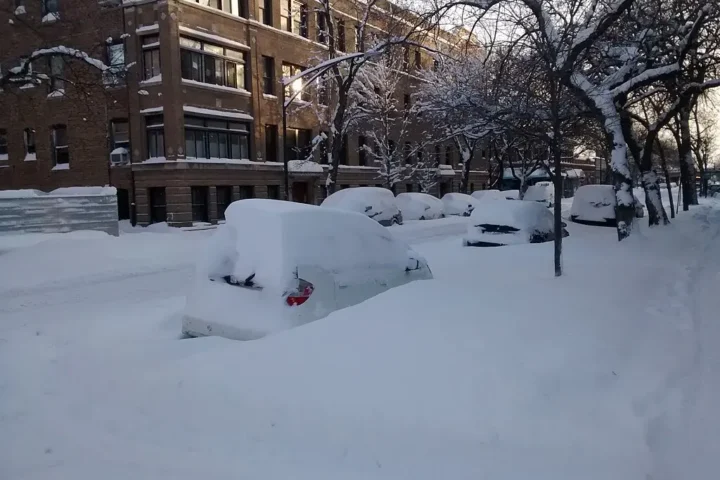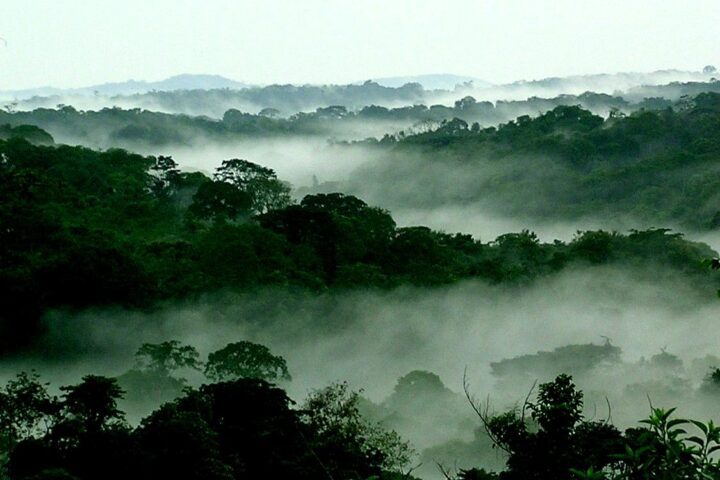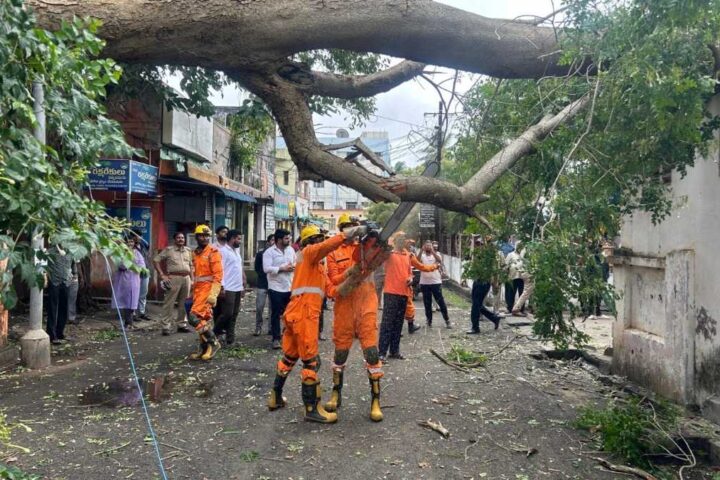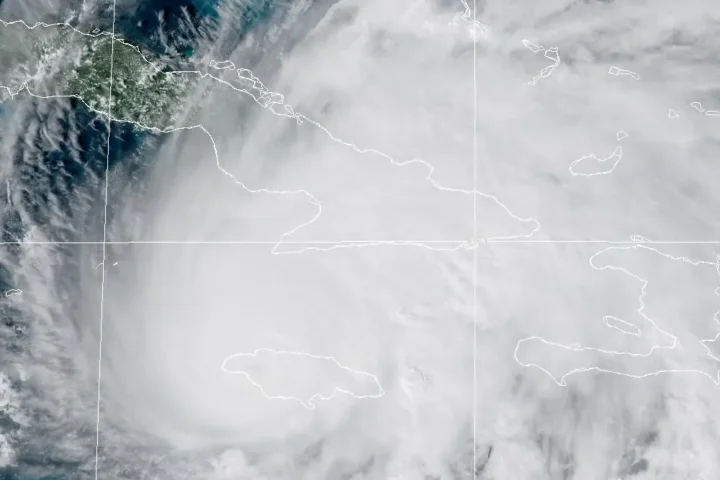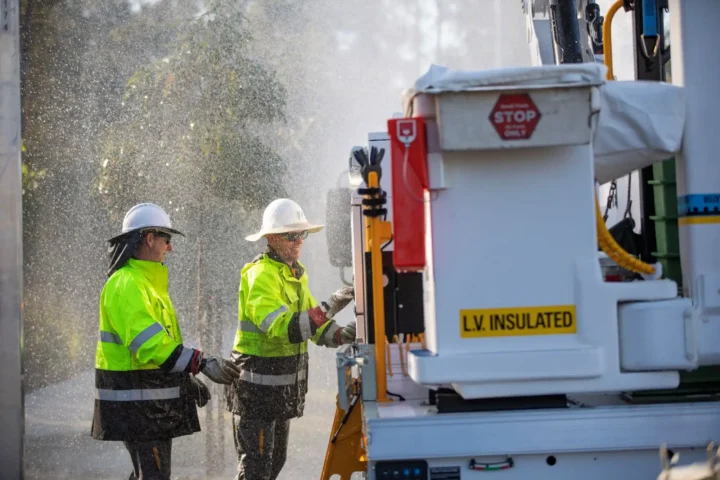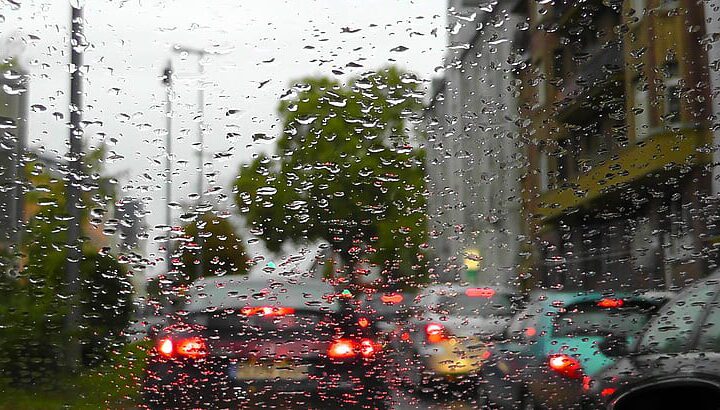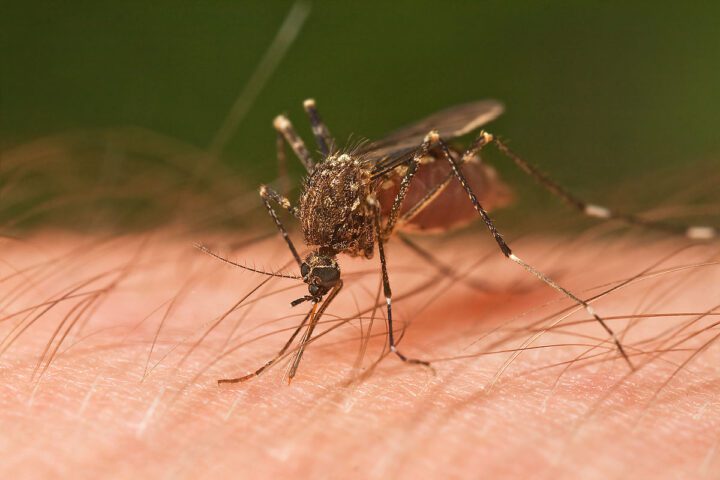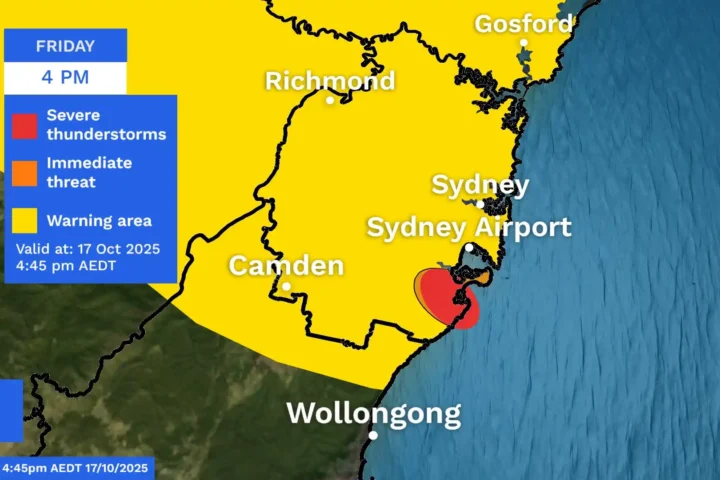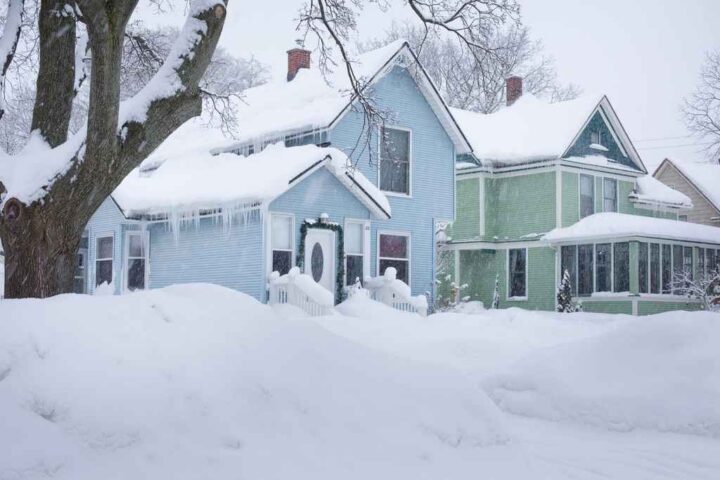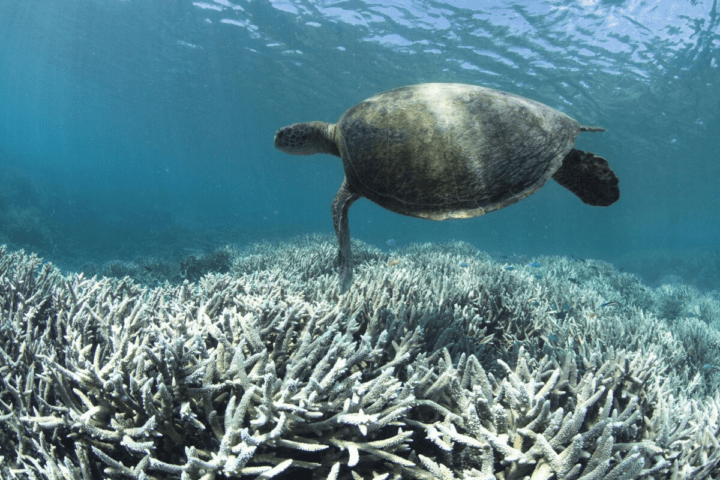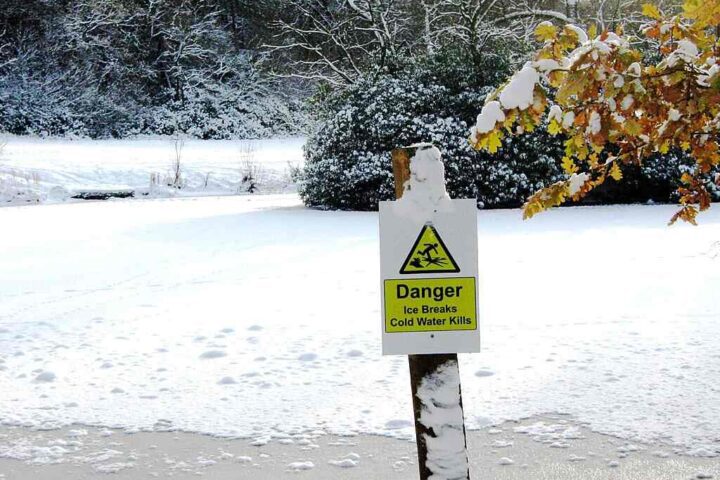Picture a tree shaped like a giant umbrella that bleeds red sap when cut. These aren’t fantasy – they’re Dragon’s Blood trees. Found only on Socotra, a small island near Yemen, these trees are now fighting to stay alive.
“It’s like watching your babies die,” says Sena Keybani, whose family protects young trees in their backyard nursery. Her worry isn’t without reason. The number of these ancient trees keeps dropping, and new ones barely survive.
The math is simple but scary. These trees grow just 2 to 3 centimeters (about one inch) per year. Some of these giants have stood for over 500 years. But now, powerful storms are knocking down thousands of these ancient specimens.
The trouble doesn’t stop there. Goats roaming the island eat baby trees like kids munching on garden plants. “Without fences, young trees don’t stand a chance,” explains local guide Sami Mubarak. His family has watched the forests thin out over the decades.
Similar Posts
The trees do more than just look strange and beautiful. They’re natural water collectors. Their wide tops catch fog and rain, sending water down to help other plants grow in the dry soil. “When you lose the trees, you lose everything – the soil, the water, the entire ecosystem,” warns Kay Van Damme, who has studied these trees since 1999.
Recent storms show how climate change hits hard. In 2015, two massive cyclones ripped through Socotra. Trees that stood for centuries fell in days. Another big storm hit in 2018, taking down even more. Scientists have counted about 80,000 adult trees left, but finding young ones is rare.
The trees mean money, too. About 5,000 tourists visit yearly to see them, staying in campsites run by Socotran families and hiring local guides. The trees’ red sap isn’t just for show – people have used it for centuries in traditional medicine, treating various ailments, including skin diseases, pain relief, and gastrointestinal issues. Studies show it has antidiarrheal, antimicrobial, antiviral, antitumor, anti-inflammatory, wound-healing, and antioxidant properties.
Yemen’s civil war makes saving the trees harder. The country can barely keep the lights on and water running. Building strong fences to protect young trees costs money that locals don’t have.
Abdulrahman Al-Eryani, who advises on Yemen’s problems, puts it clearly: “The government has 99 problems right now. They’re focused on keeping basic services running. Addressing climate issues would be a luxury.”
But local families refuse to give up. The Keybanis and others build simple fences with wood and wire to protect baby trees. It’s not perfect – wind and rain break down these makeshift barriers every few years. But it’s something.
These aren’t just any trees. They’re part of what makes Socotra special. The island has 825 types of plants, and more than one-third grow nowhere else on Earth. That’s why UNESCO calls it a World Heritage site.
For now, each protected sapling offers hope. In nurseries across the island, young Dragon’s Blood trees slowly reach toward the sky, proof that with help, even the rarest things can survive.
The numbers tell the story: more storms, fewer trees, and time running out. But in backyards and behind wooden fences, island families keep fighting to save these living pieces of Earth’s history, one tiny tree at a time.
